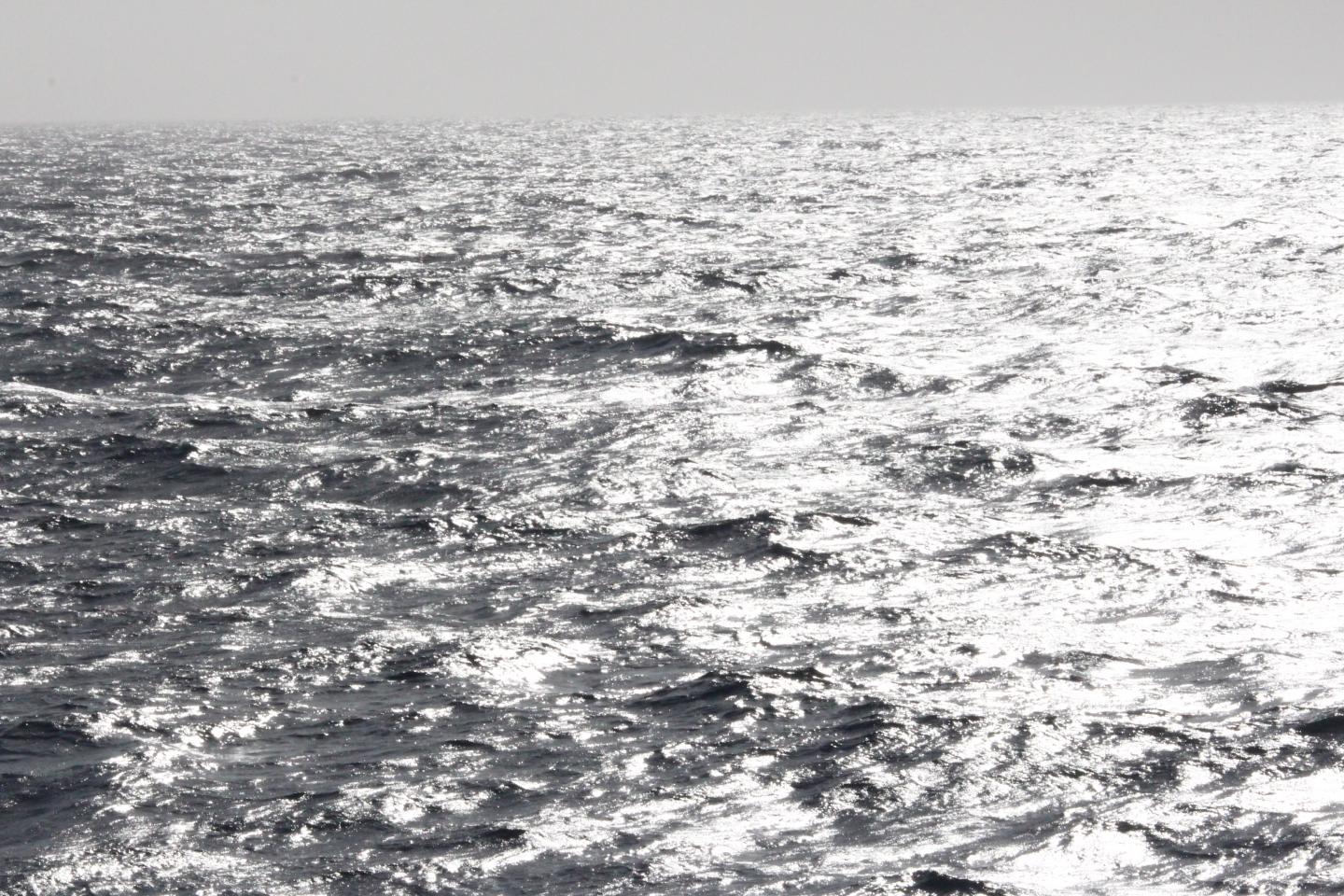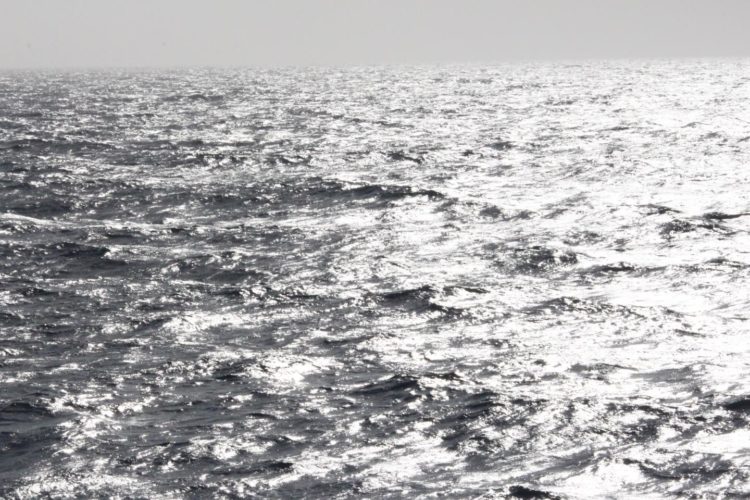
Credit: IMAS
New research into the chemistry of the oceans during ice ages is helping to solve a puzzle that has engaged scientists for more than two decades.
At issue is how much of the CO2 that entered the ocean during ice ages can be attributed to the ‘biological pump’, where atmospheric carbon is absorbed by phytoplankton and sequestered to the seafloor as organisms die and sink.
Solving the puzzle is important to improve the accuracy of climate models and inform understanding of how ocean processes may react to future climate change.
Led by IMAS and University of Liverpool scientists and published in Nature Communications, the study found ice age phytoplankton in the tropics absorbed high levels of CO2 due to fertilisation by iron-rich dust blowing into the ocean.
Lead author Dr Pearse Buchanan said that until now models had only been able to explain a portion of the CO2 that entered ice age oceans via the biological pump.
“During past ice ages, carbon levels were lower in the atmosphere and higher in the oceans than today, but scientific models aren’t able to account for all of the additional CO2 that entered the ocean,” Dr Buchanan said.
“The leading hypothesis has been that iron-rich dust blown from glacial landscapes stimulated phytoplankton growth in high latitudes, but this only explained around one-third of the extra CO2 absorbed through the biological pump: the other two-thirds was effectively ‘missing’.
“We used an ocean model to look at the response to iron rich dust of phytoplankton in tropical waters, particularly a group of phytoplankton called “nitrogen fixers”.
“These are able to biochemically ‘fix’ nitrogen from the atmosphere, much like nitrogen fixing bacteria that help legume crops thrive in nutrient poor soil.
“Marine nitrogen fixers are known to be important in the marine nitrogen cycle, and now we’ve shown they’re also critically important in the marine carbon cycle.
“When we added iron to our ocean model, nitrogen fixers thrived, and their growth and subsequent sinking to the deep ocean can account for much of the missing CO2,” Dr Buchanan said.
IMAS Associate Professor Zanna Chase said this solution was first proposed in 1997 but had gained little traction over the last two decades.
“The beauty of this approach is that it can explain almost all of the additional CO2 that phytoplankton transported into the oceans during the last Ice Age,” Associate Professor Chase said.
“The increased activity of the biological pump in the tropics complemented that happening in colder waters, drawing higher levels of CO2 into the oceans and locking it away in the deep ocean.
“This pathway for carbon to the deep ocean is reduced today because less fertilising iron is being circulated by the wind and phytoplankton growth, including that of nitrogen fixers, is correspondingly limited, although there are signs that it has strengthened within the Pacific since the industrial revolution.
“Taking account of these links between the cycles of iron, nitrogen and carbon in our ocean and climate change models will make them better able to explain ocean processes and predict future changes.
“But how iron fertilisation of phytoplankton will evolve is currently uncertain, undermining our ability to predict the ocean’s role in drawing CO2 out of the atmosphere in the coming centuries,” Associate Professor Chase said.
###
Media Contact
Andrew Rhodes
[email protected]
61-362-266-683
Related Journal Article
http://dx.





